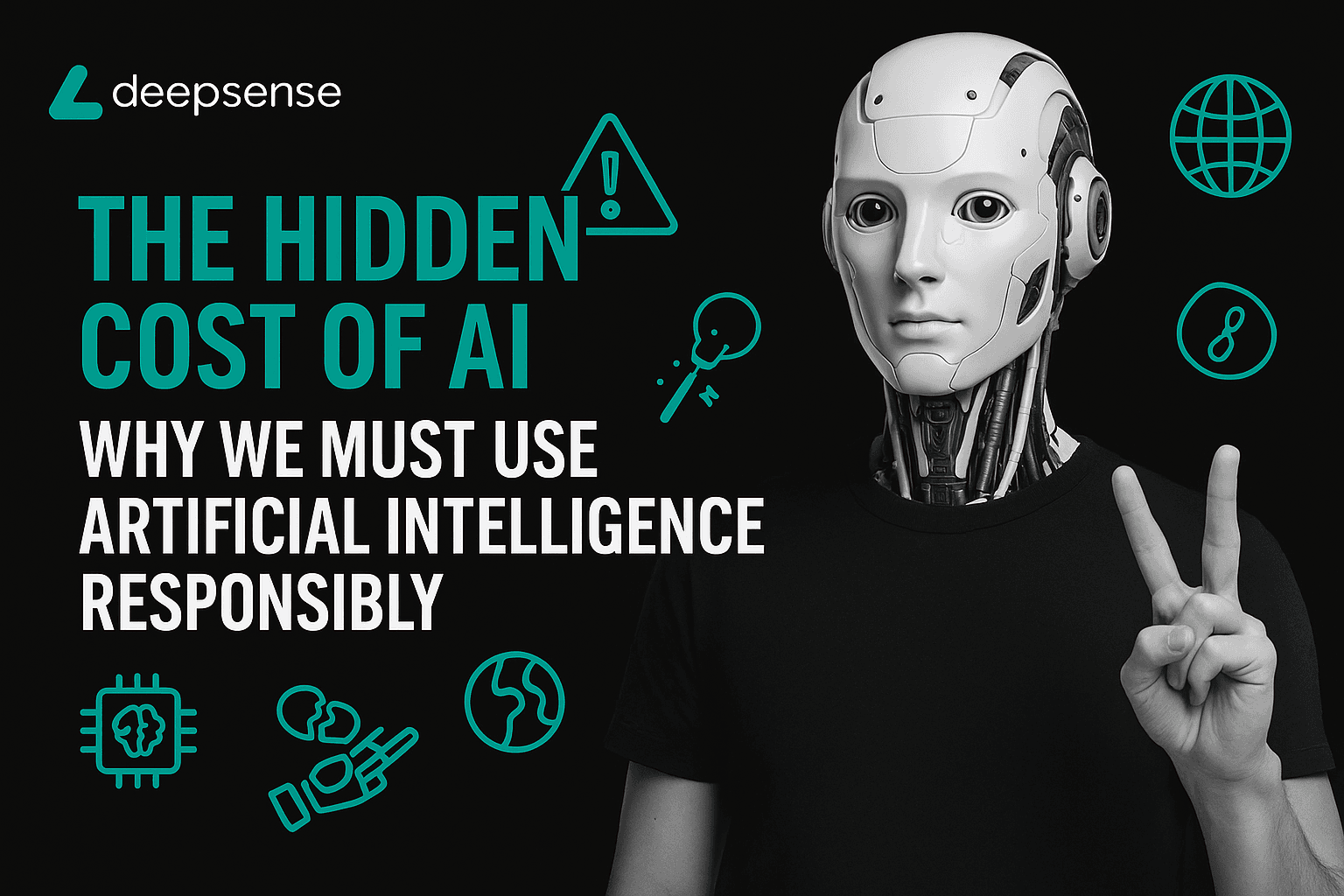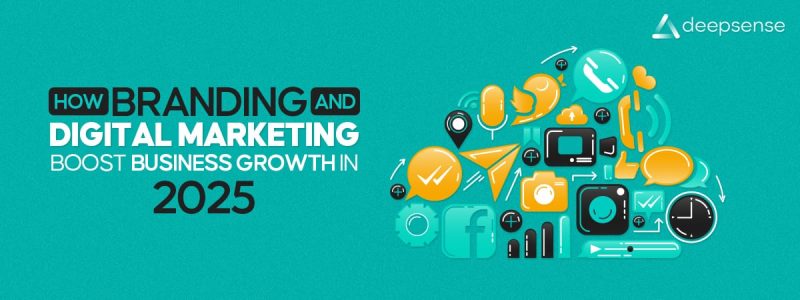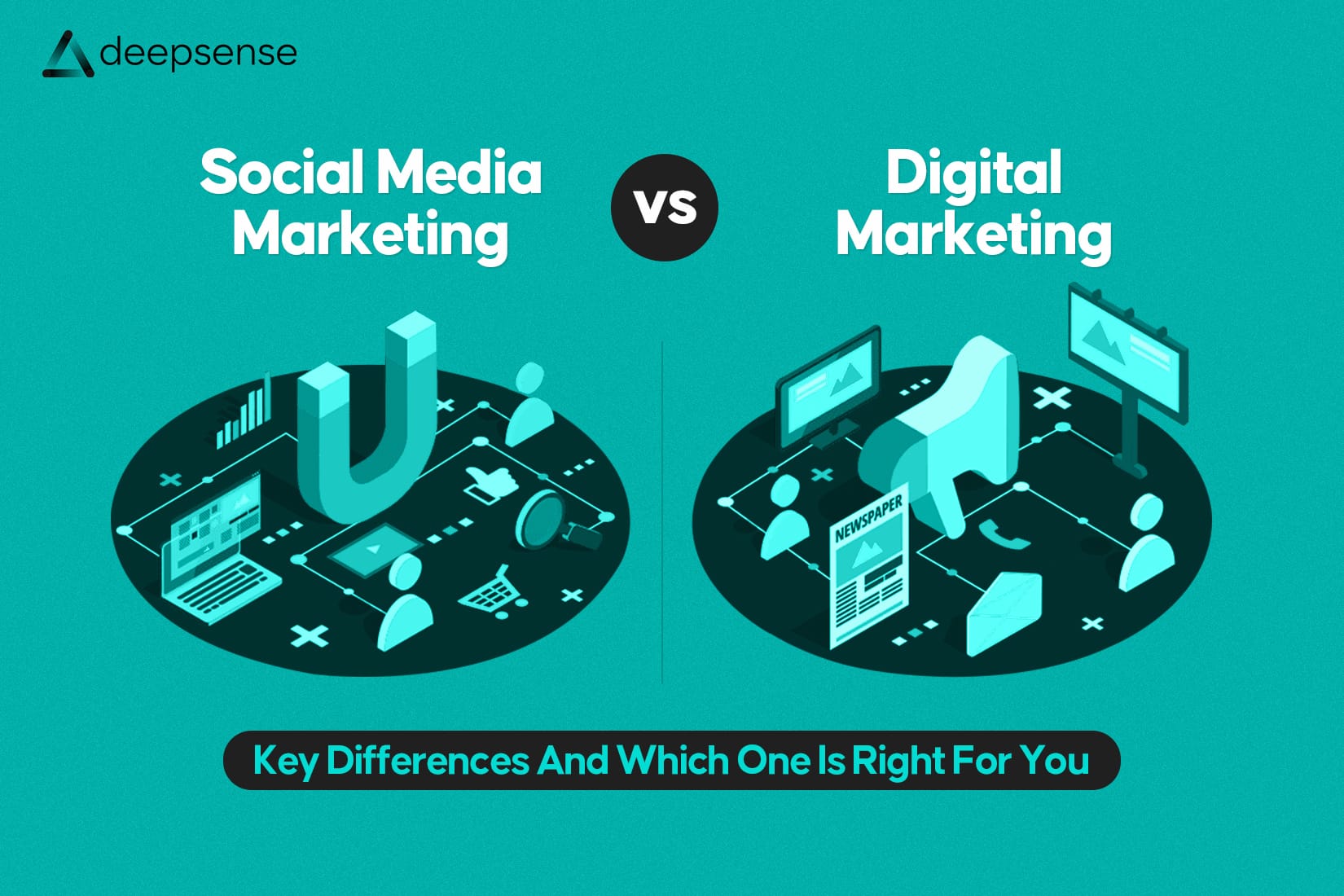Artificial Intelligence isn’t just a buzzword anymore. It’s everywhere. From your phone’s facial recognition system to personalized shopping recommendations, AI has quietly seeped into every corner of our lives. And while its convenience is undeniable, there’s something more profound we need to talk about. Beyond the cool tech and automation, AI comes with hidden costs, costs that affect our planet, our ethics, our jobs, and even our very humanity.
In this blog, we’re diving deep into what these costs really are, why they matter, and what we can do to ensure we’re using AI wisely and responsibly.
The Environmental Cost: Powering AI Isn’t Clean
Let’s start with something most people don’t think about: the energy required to train and run AI systems.
Training a single large AI model, like the kind behind language models and image generators, can consume more energy than several households do in an entire year. To give you an idea, OpenAI’s GPT models reportedly require thousands of GPU-hours and terabytes of data to train. And every time you prompt one of these models; yes, even just a simple question, you’re tapping into a massive data center that’s drawing electricity from somewhere.
Now scale that across the globe. The International Monetary Fund (IMF) predicts that by 2030, AI-driven systems might consume as much as 1,500 terawatt-hours of electricity annually. That’s almost equivalent to the entire power consumption of India today. That energy often comes from fossil fuels, which means more greenhouse gases and more climate change.
Quick Stat:
- A 2021 study from the University of Massachusetts Amherst found that training a large language model can emit more than 626,000 pounds of CO₂, equivalent to about five times the lifetime emissions of an average car.
The Ethical Cost: Bias, Discrimination, and Accountability
AI is only as good as the data it’s trained on. But here’s the catch, most data comes from humans. And humans, as we know, are not perfect. Our history, our systems, even our search engines are riddled with bias. Feed that into an AI, and guess what happens? The AI starts to learn and repeat those same biases.
In hiring systems, this might mean favoring certain names or genders. In facial recognition, it might mean failing to recognize darker-skinned individuals. In healthcare, it could mean unequal access to treatments or misdiagnoses based on skewed training data.
And when things go wrong, who’s held accountable? Is it the developer? The data scientist? The company? The algorithm? Right now, there are no clear answers, and that’s a problem.
The Human Cost: Are We Outsourcing Ourselves?
Let’s take a step back from the technical stuff for a second.
What happens to humans in a world where machines write our code, generate our artwork, compose music, and even conduct therapy sessions? Are we slowly outsourcing the very things that make us… human?
Agata Cupriak raises this question beautifully in her thought-provoking article, where she explores the emotional and existential risks of AI. She talks about how over-reliance on machines may dull our intuition, erode our creativity, and even distance us from learning through mistakes, a fundamentally human process.
It’s not just about job loss or automation. It’s about identity. When AI takes over the cognitive and emotional spaces we once owned, where does that leave us?
The Resource Cost: Data is the New Oil, but at What Price?
AI doesn’t function in a vacuum. It needs data, and lots of it. We’ve moved into an era where massive-scale data harvesting is the norm. From what you search to where you shop, to how long you pause on a video, everything is collected, analyzed, and used to train smarter systems.
But here’s the issue: who owns that data? Was it collected ethically? Can it be used against you?
We’re seeing rising concerns over privacy violations, surveillance capitalism, and even psychological manipulation. And with AI’s growing ability to simulate emotions and human responses, we’re entering a grey zone where it becomes hard to distinguish real from artificial.
So, What Can We Do? Tips for Building Responsible AI
All this may sound overwhelming, but it doesn’t mean we need to halt progress. Instead, we need to course-correct. Here’s how:
1. Build Greener AI Systems
- Encourage research into energy-efficient machine learning models.
- Prioritize algorithmic optimization so that models require less training data and computation.
- Invest in green data centers that rely on renewable energy.
2. Bake Ethics Into Every AI Layer
- Make bias detection and fairness auditing part of the development lifecycle.
- Design systems that are explainable and interpretable, users should always understand why a model gave a certain output.
- Keep humans in the loop. Full automation is rarely the best path when ethical stakes are high.
3. Push for AI Literacy and Transparency
- Start teaching AI basics early: in schools, colleges, and workplaces.
- Demand transparency from companies on how their AI models are trained, what data is used, and what their privacy policies entail.
- Support open-source AI initiatives and ethical AI research.
Interesting Fact: AI’s Carbon Footprint Could Outpace Aviation
According to researchers at the University of Copenhagen, the global energy consumption for training large language models could outpace that of the entire aviation industry if unchecked. That means our digital conversations with chatbots, and assistants might eventually cost the planet more than flying across the world.
Final Thoughts: Progress Without Accountability is a Pitfall
AI has incredible power to solve problems we once thought impossible, from drug discovery to climate modeling to accessibility tools for people with disabilities. But power without responsibility is dangerous. We cannot afford to blindly race toward innovation without considering the long-term impact.
If we want a future where AI complements human life instead of undermining it, we need to act now. That means rethinking how we build, use, and regulate these systems. It means putting sustainability, ethics, and humanity at the core of innovation.
The conversation about AI’s hidden cost isn’t just a tech debate, it’s a societal one. And it’s one we all need to be part of.
FAQs
1. What is the hidden cost of using AI?
The hidden cost of AI includes environmental impact, energy consumption, data privacy concerns, and bias in algorithms. While AI can improve productivity and decision-making, it also requires massive computing power, which contributes to carbon emissions, and may unintentionally reinforce social or systemic inequalities.
2. How can AI be used responsibly?
AI can be used responsibly by ensuring transparency, ethical data sourcing, bias mitigation, and accountability in algorithms. Organizations should also monitor energy usage, protect user privacy, and ensure humans are involved in high-stakes decisions where AI may fall short.
3. What are the hidden environmental costs of AI?
Training large AI models consumes huge amounts of electricity and water. Data centers often rely on non-renewable energy, contributing to carbon emissions. A single large language model training run can emit as much CO₂ as five cars in their lifetime, making energy efficiency and sustainable AI design critical.
4. Why is responsible AI important?
Responsible AI ensures that technologies are fair, ethical, secure, and transparent. Without responsible practices, AI can reinforce discrimination, make inaccurate decisions, misuse personal data, or be exploited in harmful ways. It’s essential for trust, legal compliance, and long-term societal impact.
5. What are the costs of AI?
AI development costs include infrastructure (cloud computing, GPUs), data acquisition, training time, talent, and ongoing monitoring. Beyond financial costs, there are also regulatory risks, ethical dilemmas, and maintenance challenges to keep AI models current and fair.
6. Can I use AI for free?
Yes, many AI tools offer free tiers, like ChatGPT (basic version), Canva AI, Google Bard, or Notion AI. However, these versions often have limited features or usage caps. For advanced models, data privacy guarantees, and commercial use, paid plans are usually required.
7. Why is AI cost-effective?
AI is cost-effective because it can automate repetitive tasks, reduce human error, speed up decision-making, and offer insights that improve business efficiency. Over time, this leads to savings in labor, time, and resources, especially when scaled across large operations.











